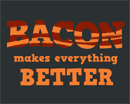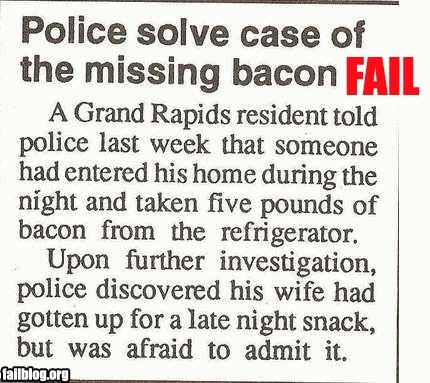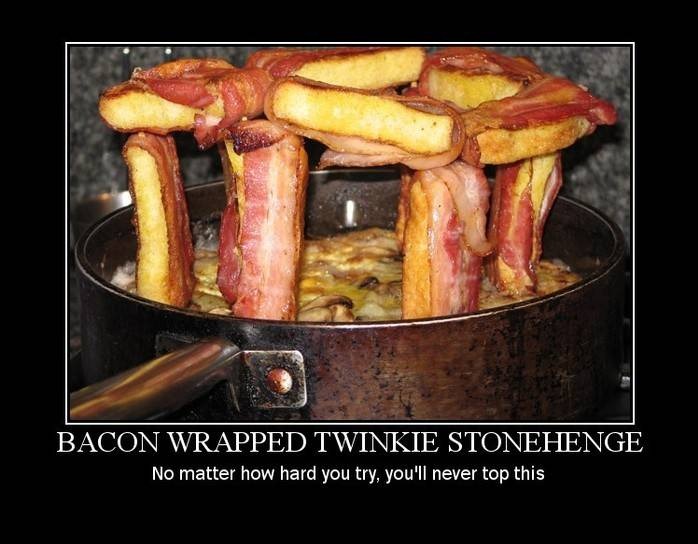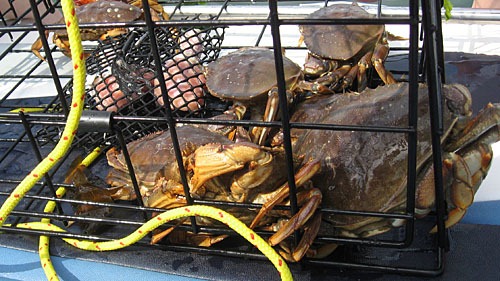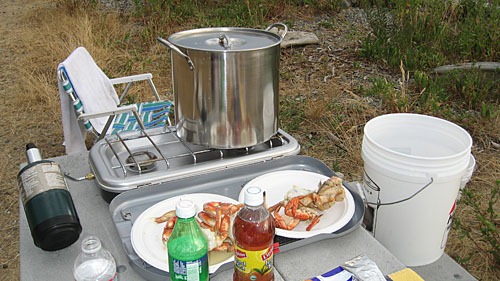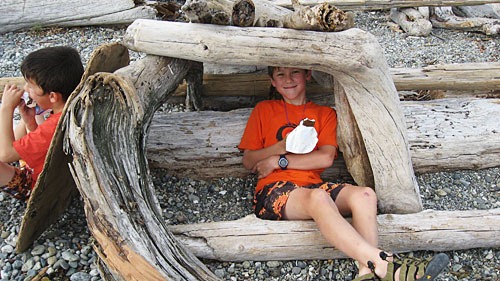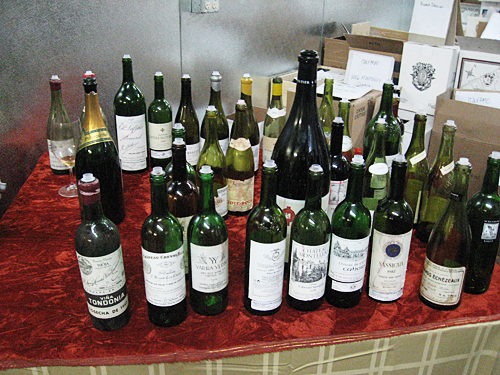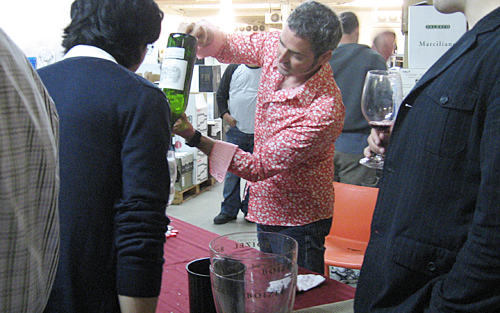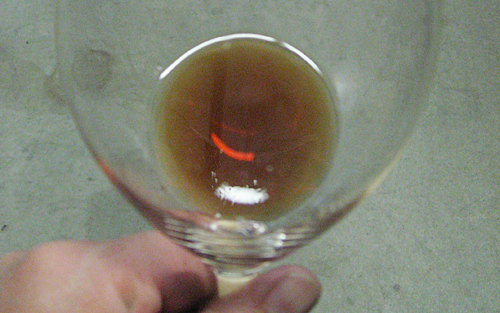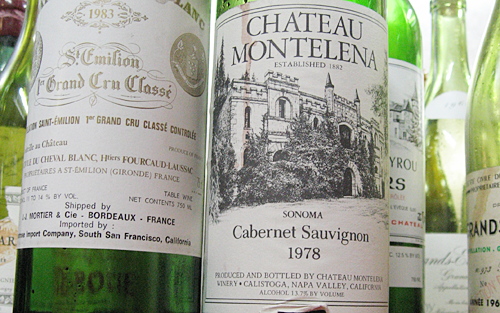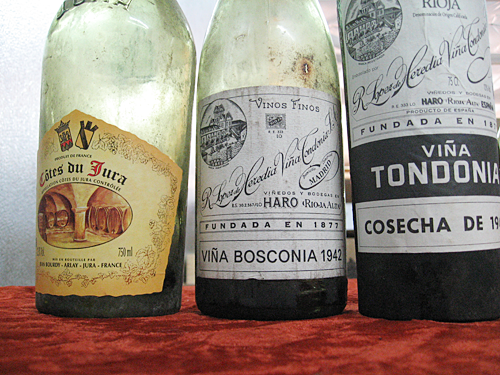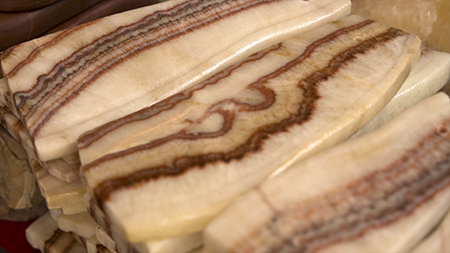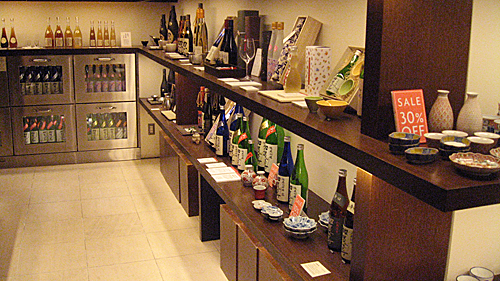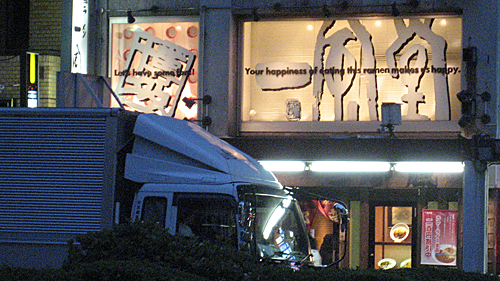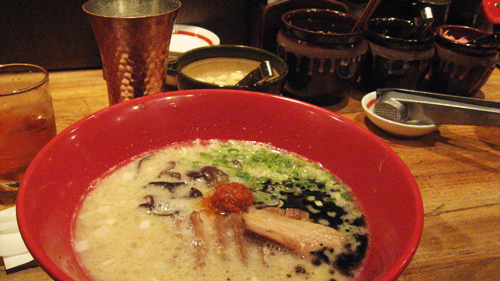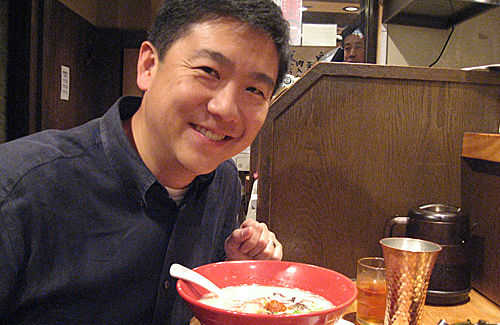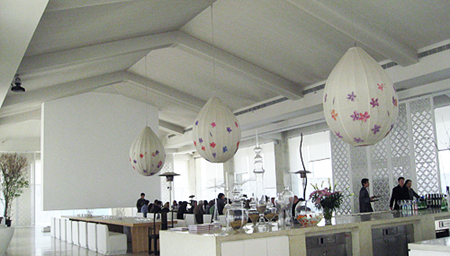I need one of these. A lot.
http://mdn.mainichi.jp/mdnnews/national/news/20090704p2a00m0na013000c.html
Ramen robot replaces fleshy chef at Yamanashi eatery

A robot pours soup in a ramen bowl at "Momozono Robot Ramen," a ramen shop in the Yamanashi Prefecture city of Minami-Alps, as shop owner Yoshihira Uchida looks on. (Mainichi)
MINAMI-ALPS, Yamanashi -- "Momozono Robot Ramen," a ramen shop that opened here in November last year, is gaining popularity not only for its delicious ramen noodles, but for its robotic chef.
The ramen-making robot was built by 60-year-old shop owner Yoshihira Uchida, who spent about 20 million yen on its construction. Customers can place their orders on a computer in the shop, customizing various aspects such as the levels of soy sauce, salt, and richness of the soup. Uchida says there are 40 million different flavor permutations.
The noodles themselves are cooked by a human, with the robot creating a perfectly blended soup which is then delivered to the human chef via a conveyor belt, who adds the noodles and toppings. The whole process takes only about two minutes, a minute shorter than instant cup noodles. Prices of ramen per bowl are 500 yen for regular size and 300 yen for small size.
Uchida developed a love of electronics during elementary and junior high school, which he went on to study at the Musashi Institute of Technology (now Tokyo City University) and the University of Toyama's graduate school, focusing on electronic circuits and motors. After graduating, Uchida worked on noodle-packing machines at a food manufacturer until he retired from the company last year.
While working for the company, Uchida, a huge noodle lover, opened a soba noodle shop 10 years ago. He later started to make ramen -- which received mixed comments from friends, with some saying the taste was strong, and others too weak. In the end, Uchida hit upon the idea of creating a robot that can allow customers to choose the flavor they want.
Uchida began to develop the robot at his home in around 2003, asking an iron foundry to produce the specialist parts he needed. He finally completed the robot in November last year, but suffered teething problems: ramen with no taste, and computer crashes caused by spilled soup. After repeated repairs, however, Uchida finally managed to iron out the bugs.
He's now aiming at automating the addition of noodles and toppings, and shrinking the robot itself. He is also planning to open his second ramen shop in Kofu possibly by the end of this year.
"I want to mass produce the robot in the future and leave my mark out there," he says.
(Mainichi Japan) July 4, 2009
